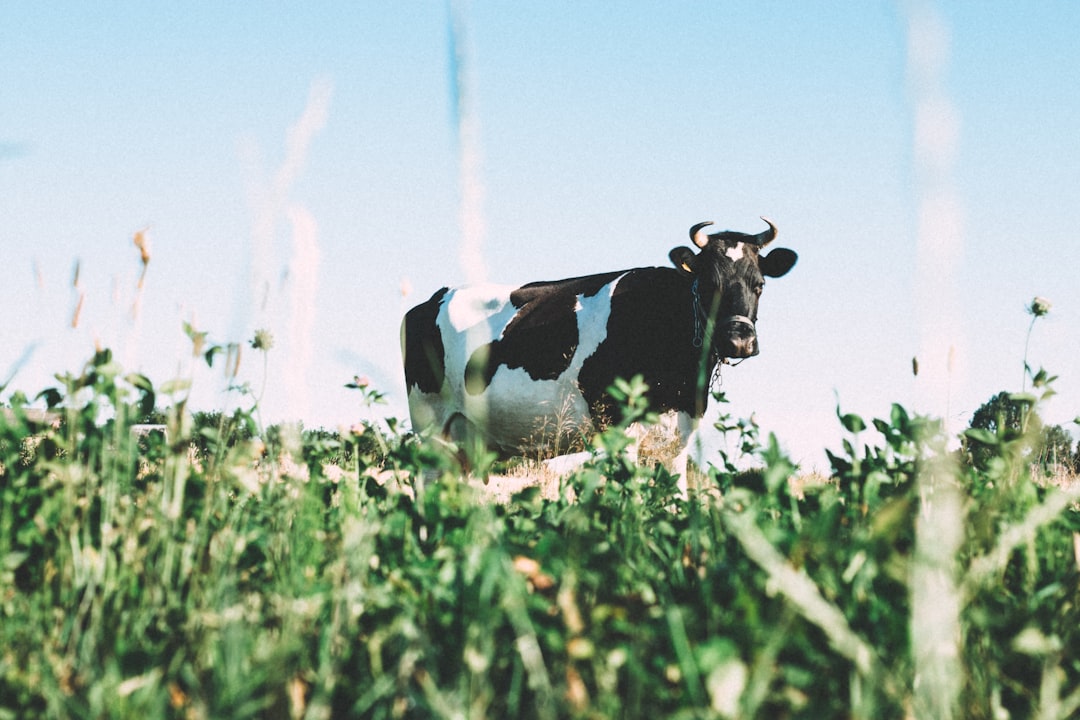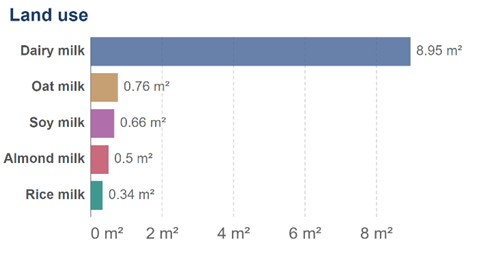Plant-Based Milk vs. Dairy Milk: A Comparison of Land Use and Ecological Footprints
Land use, deforestation and habitat loss.

Dairy production significantly contributes to environmental degradation, mainly due to the substantial land requirements for raising cows and cultivating feed. One of the most significant environmental challenges associated with dairy production is the amount of land utilized. Grazing cows necessitate vast amounts of space, with an average of 1.4 acres of land required for each dairy cow. This land use can lead to deforestation, as forests are cleared to create space for grazing land and crops.
On the other hand, the production of plant-based milk demands significantly less land. To illustrate, the production of one liter of soy milk only requires 0.5 square meters of land and 28 liters of water, whereas an enormous expanse of land and 628 liters of water is requisite for the production of one liter of dairy milk. As a consequence, plant-based milk production possesses a lower ecological footprint, mainly concerning land usage.

A considerable amount of land presently dedicated to dairy farming has the potential to serve the purpose of reforestation or other methods of carbon sequestration. Additionally, embracing the production of plant-based milk can contribute to safeguarding natural habitats and ecosystems. The total agricultural land area worldwide accounts for roughly 38% of the earth’s surface, which is equivalent to around five billion hectares. Of this agricultural land, one-third is used for livestock farming, while the remaining two-thirds are composed of meadows and pastures for livestock grazing.
Dairy farming at a large scale can have a negative impact on biodiversity, as it often involves clearing forests and natural habitats to make space for crops that will serve as animal feed. On the other hand, some crops, like soybeans, can be grown in tandem with other plants without needing additional grazing areas. This leads to a more efficient approach to producing plant-based milk that doesn’t require the creation of new farmland, thereby preserving natural habitats and promoting sustainability.
References:

